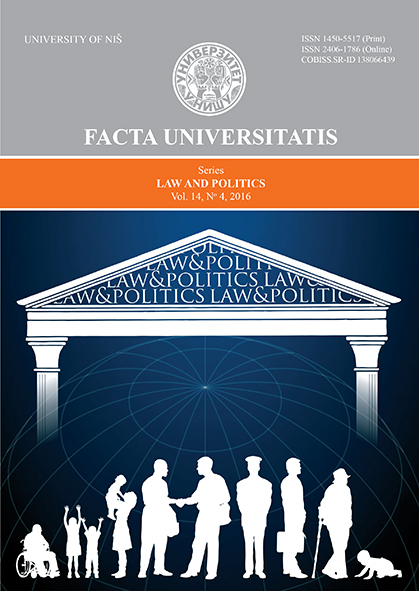The "Hierarchical Constant" as the Underlying Principle of Public-Private Partnership
The "Hierarchical Constant" as the Underlying Principle of Public-Private Partnership
Author(s): Predrag CvetkovićSubject(s): Business Economy / Management, Law on Economics
Published by: Универзитет у Нишу
Keywords: Public-Private Partnership; hierarchical constant; ethics; infrastructure
Summary/Abstract: Public-Private Partnership (hereinafter: PPP) is a framework of joint action involving the public sector and the private capital. The primary goal of PPP is to secure the proper operation of public services and the exercise of the public interest activities. In borderline cases, where the public interest is jeopardized as a consequence of inadequate actions of the private sector and where it is necessary to choose between the public or the private interest, the PPP is overshadowed by the hierarchical structure and methodology in public administration. In that case, the state returns to the pattern of hierarchical action stemming from the permanent right of the state to apply the interventionist paradigm (through the so-called "hierarchical constant"). Public-private partnership is also a form of moral revitalization as it generates a new kind of ethics. As the private sector gradually transforms and achieves qualitative improvements, private actors start observing their own (per se narrow) private interests through the prism of general public interests and welfare. Thus, the relationship between the public and the private sector has fundamentally changed. Once based on the hierarchical structure and administrative regulation (where the private sector was treated as a second-rate participant, which frequently triggered the private actors' reaction clearly reflecting their "misconception" of the public interest), their interrelation has been replaced by the relationship based on mutual trust and cooperation.
Journal: FACTA UNIVERSITATIS - Law and Politics
- Issue Year: 14/2016
- Issue No: 4
- Page Range: 541-548
- Page Count: 8
- Language: English

